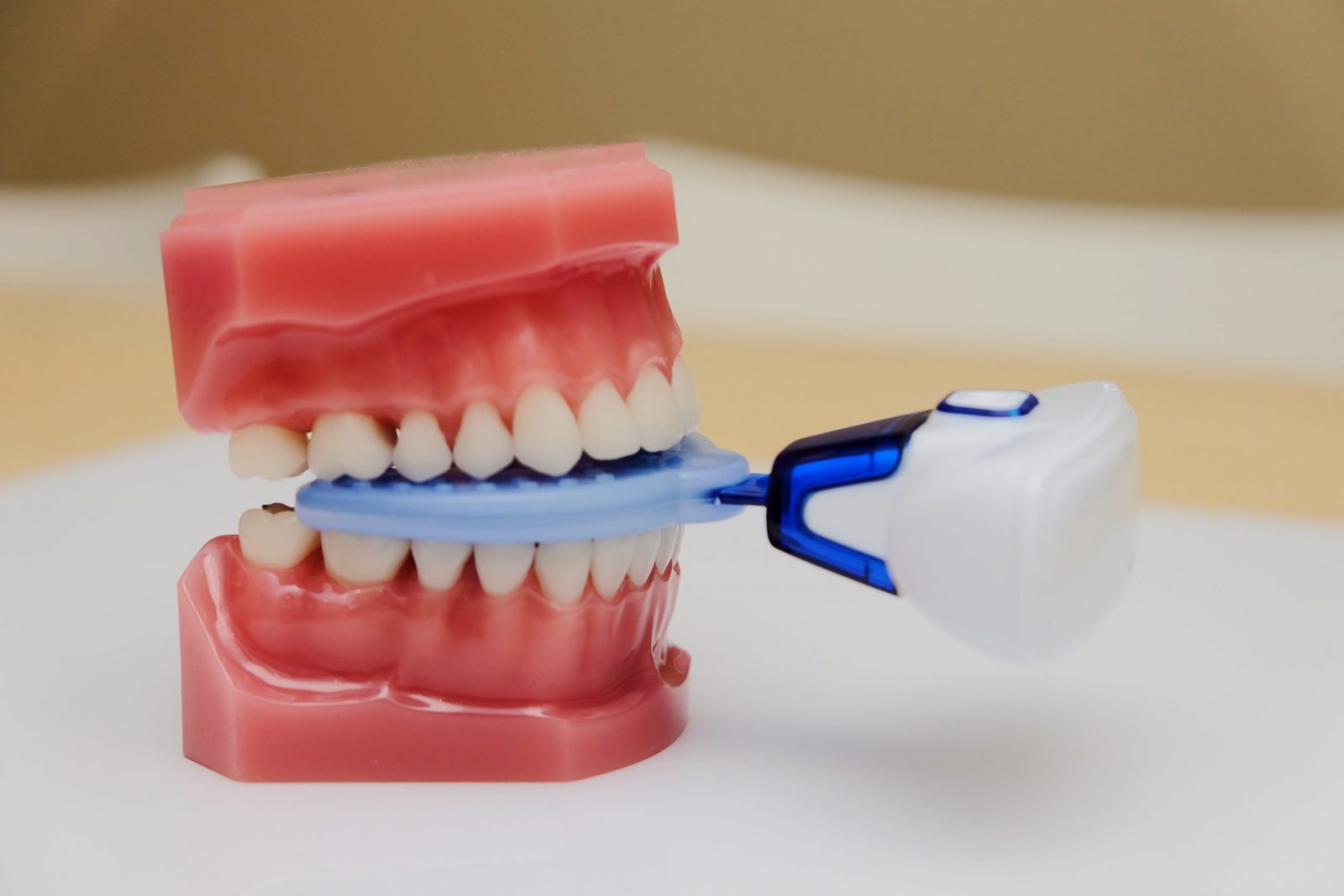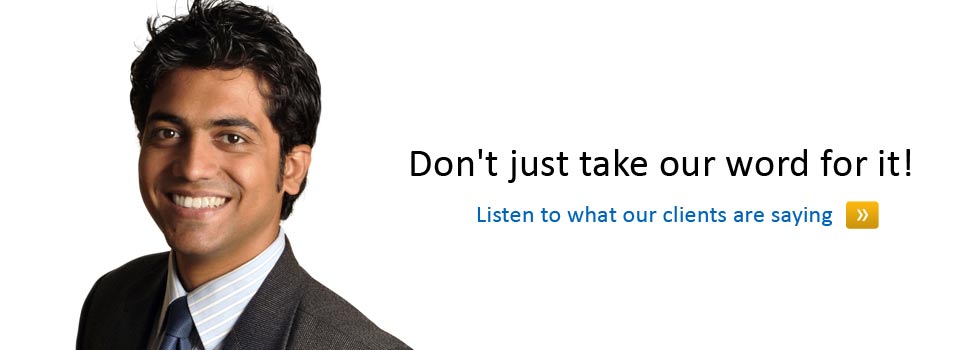Note: Article updated on October 26, 2020
Table of Contents
- Experience on Day 1: Putting on Lingual Braces
- Hitting the 6-Month Mark with Lingual Braces
- Challenges with eating
- Challenges with cleaning
- Common Emergencies with Lingual Braces
- In Summary
- Other Articles May Interest You
Our last article on the history of lingual braces in Vancouver talked about the history, origins, and other facts about lingual braces. However, the best way to understand a product and a patient’s experience with it is to undergo the procedure yourself. To attain a thorough understanding of how lingual braces work and what patients can expect during the process, Dr. Wang decided to have lingual braces applied to his teeth. This is Dr. Wang’s experience with lingual braces in his own words:
Experience on Day 1: Putting on Lingual Braces
In this section of the blog post, Dr. Wang outlines his experiences with having lingual braces applied to his teeth:
The day has come to put on my new lingual braces.
I received the large box containing my lingual braces set up which took 8 weeks to be manufactured. It then took another 3 weeks to schedule an “appointment” for myself in my clinic! I guess my staff didn’t want to take me away from “real” patients; since if I was in the chair, I couldn’t be working on all of our paying clients.
The braces came in a tray that was custom-fitted to my teeth. When I put the tray in place, the braces were held tight against my teeth in the precise spot where they should be positioned. This way of placing braces on the teeth is called “indirect bonding.” This name is given to the process because the braces are placed onto the teeth indirectly through the help of a transfer tray.
There are several advantages to using the “indirect bonding” technique. The main benefits are that it should require less chair time for the doctor and the patient, and the positioning of the brackets should be more accurate since they are initially set up in the lab to assist with ideal placement.
Once I tried the tray in my mouth to ensure that the fit was good, there were only a few remaining steps for me to undertake. These included:
- Cleaning my teeth
- Applying a special glue to the back of my braces
- Re-inserting the tray for attachment to my teeth
The glue sets in about two and a half minutes; at which time, the tray can be removed, and the braces should remain firmly in place. I can’t say that the whole process went according to plan because some of the braces came off when the tray was removed. The teeth had to be cleaned and then reglued again.
At our clinic, we have been successfully using this technique for all of our lingual braces wearers, so this was not something new. I can only attribute the poor adhesion to my efforts to work with a new system.
Once the brackets were securely in place, the next step was to insert a wire into the braces to begin the process of moving my teeth. The wires, as previously explained, are also very special. They are robotically bent to move the teeth into the final desired position. This means they were custom-made to specifically fit my teeth and address the problems I was trying to resolve.
After about an hour of being in my dental chair, I was finally an official lingual braces wearer! Because the braces were placed on the back of my teeth, they remained completely invisible.
Hitting the 6-Month Mark with Lingual Braces
Though lingual braces in Surrey are invisible as promised, this positive feature does not mean that this dental appliance is trouble or pain-free. Dr. Wang outlines some of the struggles he underwent in the following blog post:
I got my upper lingual “invisible” braces six months before writing this article. It took me a while for me to get used to eating with them in place. Learning to clean them properly was also a challenge.
Like many active male adults, I love my food! All-you-can-eat sushi buffets were a welcome sight every week for me. I would tell anyone willing to listen that I was on a diet, a “seafood” diet I would say; which meant that I would only eat food that I could “see!” After I got my braces on, three things kept me from my “seafood” diet:
Challenges with eating:
My bite changes all the time, making chewing uncomfortable for me. More importantly, I frequently bit my cheek if I tried to eat too quickly. As a result, I began to eat much more slowly and deliberately to keep my lips and cheeks from being bitten with each bite of food. To help prevent this problem, I recommend making use of the wax your orthodontic office provides for you. Your local drugstore sells something similar if you run out.
Simply take a piece of wax and knead it in your fingers to soften it. Once you have done this, you can then gather the wax into a ball and apply it directly to the bracket or wire that is cutting your mouth. This will soften any sharp edges on the bracket or wire that are bothering you, allowing your skin time to form a “callous” that can withstand the constant rubbing of the new metal in your mouth. The irritation usually goes away in less than 2 weeks. If this technique does not work, you should return to your orthodontist to have it looked at and repaired.
Take a look here for food you can eat when wearing braces.
Challenges with cleaning
Another problem I faced was food getting stuck in my braces. Sticky and fibrous foods were particularly bad for this. I try to maintain a balanced diet, and since I do not have any food allergies, I was able to eat a diverse selection of foods representing many different nationalities’ cuisines.
One of the foods that was particularly troublesome was vegetables with long strands of fiber. These foods wound themselves around my brackets, making them difficult to remove. The best approach to cleaning braces in Vancouver involves learning which foods should be avoided. I also quickly learned that it was essential to clean my braces after every meal.
Your orthodontic office will be able to provide you with some of the tools and techniques that will keep your teeth and braces clean. Of course, you will need to continue to visit your family dentist for regular checkups and cleanings.
Some patients find that due to the extra time it takes to chew their food, their food intake has been reduced, and as a result, they have lost weight. This may be a benefit in some cases; however, you should watch what you eat to ensure you receive the daily nutrition you need.
Since many of the foods that are easier to eat are highly processed and may contain high levels of sugar and fats, you will need to be careful not to eat too many of these foods as they are not healthy for you.
Common Emergencies with Lingual Braces
Until you get used to having a dental appliance attached to your teeth, you may try to eat foods that are too hard for your brackets. As a result, you may accidentally break some of your brackets. When this happens, your brackets may become loose on the wire or come completely off the teeth and fall into your mouth while you are chewing.
The brackets are there to move your teeth, so if they fall off, your teeth will not move as they should, and your treatment will be delayed. Also, with no brackets there to hold the wire in place, the wire may start to poke your cheek and gums. If this occurs, you should keep the bracket and return to your orthodontist to get your lingual braces repaired as soon as possible.
In Summary
At the beginning of my treatment, I experienced all of these inconveniences. I broke some brackets off eating foods that I used to enjoy with great vigour. I bit my cheek due to all the excess hardware, and I had trouble keeping my braces clean. However, after a month or so, I learned how to deal with most of these discomforts, and I believe that you can too.
I have noticed that some of these issues are still bothersome at times, but the significant improvements to my teeth are very encouraging. I look forward to continued benefits and the day that my braces finally come off, and I will be able to enjoy all the advantages of a healthy bite and a great-looking smile.
Thinking of getting lingual braces but still have questions? Let Dr. Wang and his team of orthodontic specialists at PacificWest set your mind at ease. Contact our office now at info@pacificwestdental.com
Vancouver Orthodontist: 604-558-0993
Surrey Orthodontist: 604-501-0993
Your best smile is just a phone call away with PacificWest Dental.
Other Articles May Interest You

Hello, I’m Dr. Kevin Lee, an experienced orthodontist, and I proudly welcome you to Pacific West Dental. With a passion for creating beautiful, confident smiles, I have dedicated my career to providing top-tier orthodontic care.
Established with a commitment to personalized treatment and patient comfort, Pacific West Dental is your trusted destination for achieving the smile you’ve always dreamed of.
Services we provide:
– Invisalign
– Braces
– Lingual Braces
– TMJ
– iTero
– Laser Therapy
– Sleep Apnea
– Dysport Cosmetic Injectables
– Lightforce Braces






